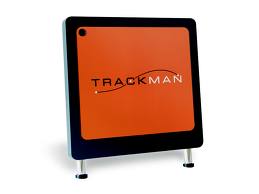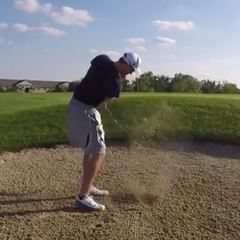IGNORED
Ball flight and shot shape control problems: impact location or path/face issues?
Note: This thread is 3453 days old. We appreciate that you found this thread instead of starting a new one, but if you plan to post here please make sure it's still relevant. If not, please start a new topic. Thank you!
-
Topics Being Discussed Right Now on The Sand Trap
-
"5 Minutes Daily" Practice Challenge 1 2 3 4 836
By iacas, in Instruction and Playing Tips
- 5 minutes daily
- dedication
- (and 6 more)
- 15,047 replies
- 904,179 views
-
- 6,541 replies
- 251,975 views
-
- 2,949 replies
- 221,321 views
-
- 182 replies
- 7,187 views
-
- 54 replies
- 1,801 views
-








Recommended Posts
Create an account or sign in to comment
You need to be a member in order to leave a comment
Create an account
Sign up for a new account in our community. It's easy!
Register a new accountSign in
Already have an account? Sign in here.
Sign In Now